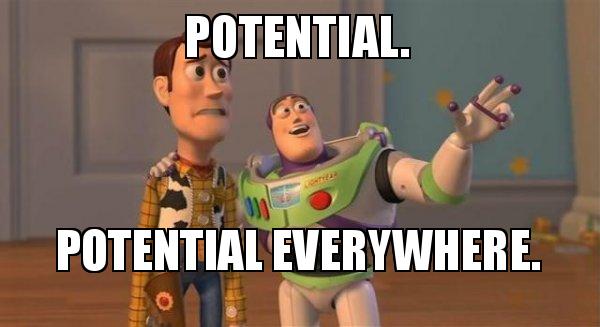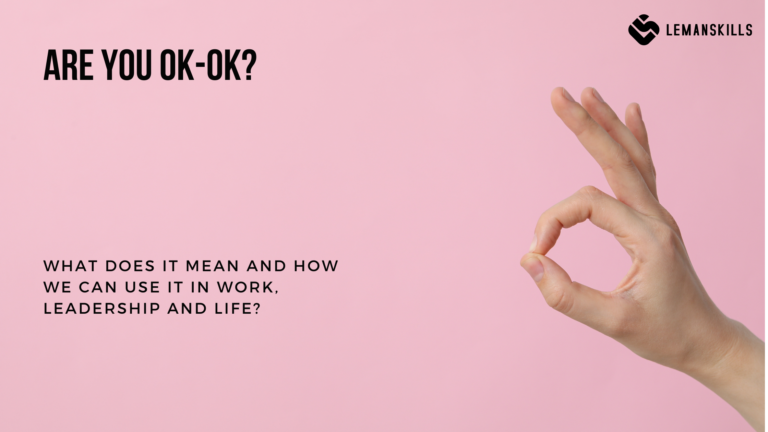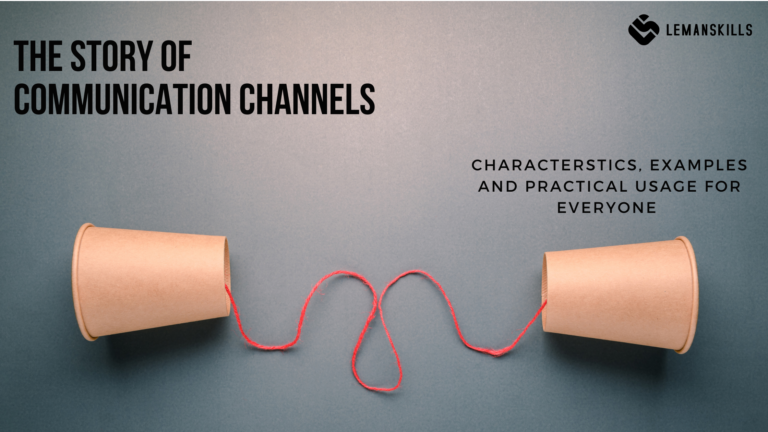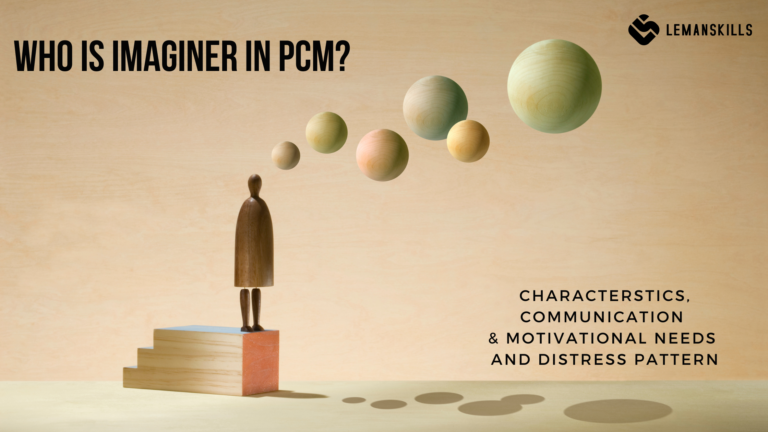We live in different places all over the world. We have different backgrounds, needs, ambitions, personalities. We want different things. But most of us, in some point of our lives had (or having regularly) one of the most limited thoughts in our head: doubt. Not being sure of something.
We doubt in ourselves, sometimes because we were raised in a certain way (that’s how the convictions and drivers were made in our brain), sometimes because the environment that we live or work with at the moment isn’t very supportive. We doubt in ourselves because it’s a strategy of our reptilian brain (not a very good one though) to protect ourselves from the loss that we potentially can experience (it’s better to freeze or flight, not to take action).
And sometimes it’s just a feeling of fear that we can lose what we already have, either it’s a matter of status, prestige, money, position (of and expert in a certain area), or somebody (it can happen when we move on and some people just leave behind). Fear of not being good enough, smart enough, expert enough. Enough for whom exactly?
What can we do to be more sure, to not question every bigger step or a change that we want to try or implement in our life? How to convince ourselves that we are good/smart/ready enough to go for it, even when we know that we can fail? Let’s dig deeper into that area today. Inspired by Tony Robbins.
(The important thing is that the elements are presented in the order as below, but it doesn’t mean that they should appear in every case in this particular one. You can start your story from the Belief and then go through Potential, Action and Result: it’s something that can work as well. It really depends on what kind of situation you are in at the moment.)
Element no. 1: Potential
Potential is an element that people have as a certain source of power, skills and value that they can give to others. It can be area in which we feel empowered, competent or we can potentially grow within it. It can be an idea to do something in a certain way, to fulfill a particular dream or plan to do something.

We can say that a person has potential to be a great leader. Or a great parent, amazing doctor, outstanding journalist. Sometimes potential is a name of something intangible, something that it’s hard for us to even describe. In some cases it’s a gut feeling which tells us that a certain idea about doing something is just right. When you feel that you really want to do something, you go for it. Make the next step of an uncomfortable action, a decision that will bring you closer to fulfilling your potential.
Element no. 2: Action
One of the most important and yet difficult things to do is to take this uncomfortable action. To be scared but to do it anyway. It’s courage.
To reach your full potential, to get and achieve what you want, to be better, smarter, more successful you need to do this. You need to take this one step further to see what is going to happen. When we are not sure what do or we struggle with making a decision we often wonder what we should or shouldn’t do. When we are not sure, sometimes we think about 10 different scenarios: pretty much a lot of them are just excuses to keep the status quo and not make any decision that can somehow threaten who we are.
Action is necessary to try the hypotheses out, to challenge who we are and who we want to be. Without this step we can stay in the fear zone, without checking how the reality actually looks like. Taking action, even if it’s just one small step, is a starting point to living the life that you want to live. And it can be anything: making a call, writing to someone you don’t know, setting a boundary, saying “no” to eating something or spending time in a certain way. It can be making a short video and publishing it online or writing first article on the blog. It can be reaching out to a person that you really like, but you didn’t have courage to make a connection until now. Every single area of our live can be good as a start: it’s your decision where you want to take the action.
Element no. 3: Results
When you take action, you always get the results. They can be positive or not really what you aimed for, but there will be some, every single time. Every action triggers a reaction, it’s one of the basic rules of physics. Everything you do has its consequences.
One of the most important things for our brain is to see the positive results of our decisions. When we get a certain type of confirmation that what we do has an impact, a result, a positive consequence, our brain gives us a dopamine shot that convinces us that we should keep going. It shows us that the moment of feeling uncomfortable while taking the step of action is worth it, because we have an actual piece of evidence that it’s working.
Of course there is always a risk that you take an action and you fail. That’s okay too! And you know why? Because that’s the way you learn. As I wrote lastly about Sara Blakely and her father’s saying that “a day without a mistake is not a good day”. If your current convictions are whispering to your ear that every mistake makes you a looser, you can actually train your brain to think differently. You can shape your mind into taking every result that is not satisfying you into the retrospective process. This tool has its roots in the tech world, but it’s as good there as in personal development area.
The ultimate question is: what could I have done differently to get the results that I wanted?
What worked an what didn’t work? Why?
What did I miss in the whole story?
How can I upskill myself, so the result of my action next time is what I’m aiming for?
Every single result that you have is something. Use it. Reshape the way that you operate, change something to get new results. Even if it’s just one little element in the puzzle, try it. Einstein once said that it’s “an insanity to do the same thing over and over and expecting different results”. But look how many of us do it on a daily basis. Don’t be that person: iterate, try again, and again until you succeed.
Element no. 4: Certainty / Belief
After your brain has more information about the positive outcome of the action that you took, and then another one, and another one it gets the final confirmation that you can do it. It’s a certainty that you are able to do something, be somebody you want and aim for. The limiting belief that you had in your had is transforming into the positive, supporting belief that you are meant for this. That you are not an imposter, you are the right person to do what you want. This belief is necessary for you to keep your momentum going. To take another uncomfortable action, to be better, to try new things, to go to the stretch zone over and over again.
And this belief can create a new source of potential that you can use to take another action, to have the next set of results and build another supporting belief in your head. So as you can see, the process can go as many times as you want and need, it’s not a fixed one. You can create it, be an owner and master of it: everything you do (or don’t do) is a matter of your choice. Make it worth the effort.




